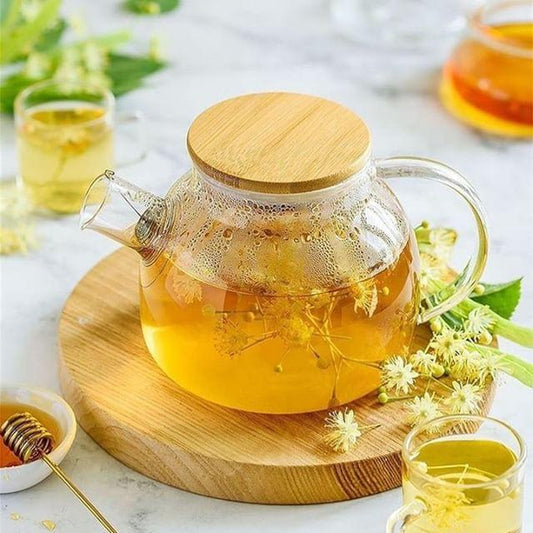How to Curate the Perfect Cheese and Charcuterie Board

A well-curated cheese and charcuterie board is the centerpiece of any gathering, combining textures, flavors, and visual appeal to create a feast for the senses. Whether you’re hosting a casual get-together or a formal dinner, a well-prepared board offers something for everyone. Here’s a step-by-step guide on how to build a balanced, impressive cheese and charcuterie board that your guests won’t forget.
1. Choose Your Cheese Selection
A great cheese board starts with a variety of cheeses that provide a mix of flavors and textures. Aim for at least three types of cheese to create variety but avoid overwhelming the board.
- Soft Cheese: Brie, Camembert, or goat cheese add creaminess and richness.
- Semi-Hard Cheese: Cheeses like gouda, cheddar, or Gruyère bring firmness and a range of mild to sharp flavors.
- Hard Cheese: Parmesan, pecorino, or aged manchego add a nutty, salty profile that contrasts with softer cheeses.
- Blue Cheese (optional): For a bold flavor, add blue cheese like Roquefort or gorgonzola; it’s an acquired taste but adds depth for adventurous eaters.
For balance, try to represent each category. If you’re keeping it simple, stick with two cheeses—one mild and creamy, and one aged and sharp.
2. Select Quality Charcuterie
Charcuterie, the French art of prepared meats, complements cheese and adds savory, spiced flavors. Like cheese, variety is key to keep things interesting.
- Cured Meats: Prosciutto, salami, and soppressata are classic choices with a range of smoky and savory flavors.
- Paté or Terrine: For added texture and a gourmet touch, include paté or terrine for those who enjoy a rich, spreadable option.
- Spicy Option: Consider adding a spicy sausage like chorizo or nduja to balance milder cheeses and meats.
When arranging charcuterie, fold or roll slices for a visual appeal and easy picking.
3. Add Fresh and Dried Fruits for Sweetness
Fruits add natural sweetness, color, and a contrasting freshness to your board. A mix of fresh and dried options will enhance the flavors of both the cheese and charcuterie.
- Fresh Fruits: Grapes, apple slices, and figs are classic choices. Berries and pomegranate seeds also add bursts of color and flavor.
- Dried Fruits: Apricots, figs, and raisins are easy to store and provide concentrated sweetness.
Fresh fruits like grapes or apple slices pair well with most cheeses, while dried fruits add a chewy, sweet note that complements savory meats.
4. Incorporate Crunch with Crackers and Bread
Variety in crackers and bread adds texture and creates a sturdy base for piling on cheese, meat, and toppings. Include at least two or three different options to keep it interesting.
- Crackers: Choose a mix of plain, seeded, and flavored crackers. Thin crackers and water crackers allow the cheeses and meats to shine.
- Bread: Sliced baguette or sourdough offers a chewy, rustic option. Toasted bread adds extra crunch, which can be delicious with soft cheeses.
Display crackers and bread in different spots on the board to make them accessible from all sides.
5. Add Sweet and Savory Accents
Small touches like spreads, honey, and pickles make your board truly unique. These accompaniments allow guests to customize their bites and add complexity to the flavors.
- Sweet Accents: A drizzle of honey or fig jam complements blue cheese and salty meats beautifully. Fruit preserves, quince paste, or apricot jam are also delightful with cheese.
- Savory Accents: Include olives, cornichons, or pickled vegetables for a tangy bite that cuts through the richness of cheese and meat.
Offer both sweet and savory options to create layers of flavors for your guests to explore.
6. Garnish and Arrange Thoughtfully
The arrangement of your board is as important as the ingredients themselves. A visually appealing setup encourages guests to dig in and try a variety of flavors.
- Create Sections: Arrange cheeses, meats, and crackers in sections, and fill in with smaller items like nuts and fruits. This makes the board easy to navigate.
- Use Small Bowls: Place small bowls for honey, olives, or spreads to keep them contained and add visual interest.
- Garnish: Add fresh herbs like rosemary or thyme sprigs, which bring fragrance and greenery to the board.
To make it easy for guests to serve themselves, use small cheese knives and spoons next to spreads and soft cheeses.
7. Balance Flavors and Colors
A great cheese and charcuterie board is as much about appearance as it is about taste. Balance flavors, textures, and colors to create a cohesive look.
- Color: Arrange items to balance colors—cheeses, fruits, meats, and greenery for contrast.
- Shape and Texture: Place round cheeses or grapes next to square crackers or sliced meats to add visual variety.
Taking a few moments to balance flavors and colors ensures that each item on the board stands out and enhances the overall presentation.
Final Thoughts
Curating the perfect cheese and charcuterie board is an art, but with the right ingredients and a bit of thoughtful arrangement, you can create a board that’s as delicious as it is beautiful. Choose a variety of textures, flavors, and colors, and allow guests to mix and match as they please. Whether it’s for a special occasion or a casual get-together, a well-planned cheese and charcuterie board is sure to impress!
Share:





